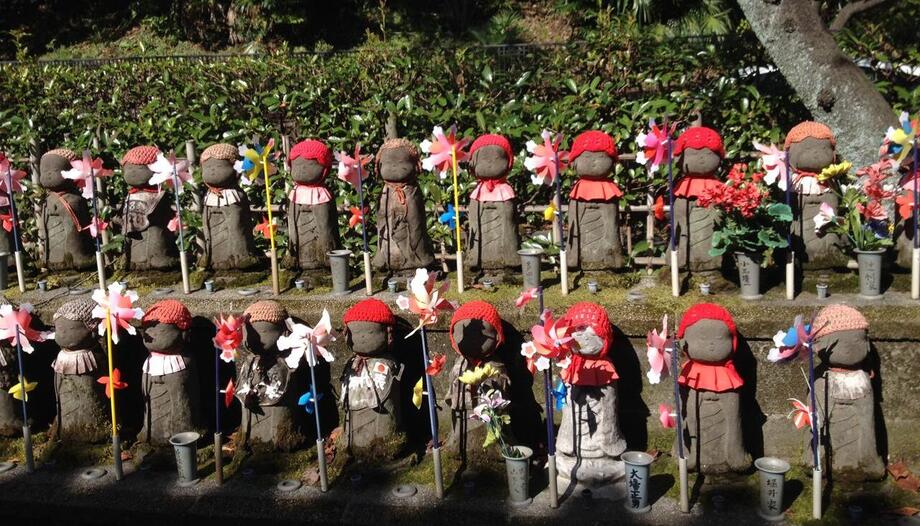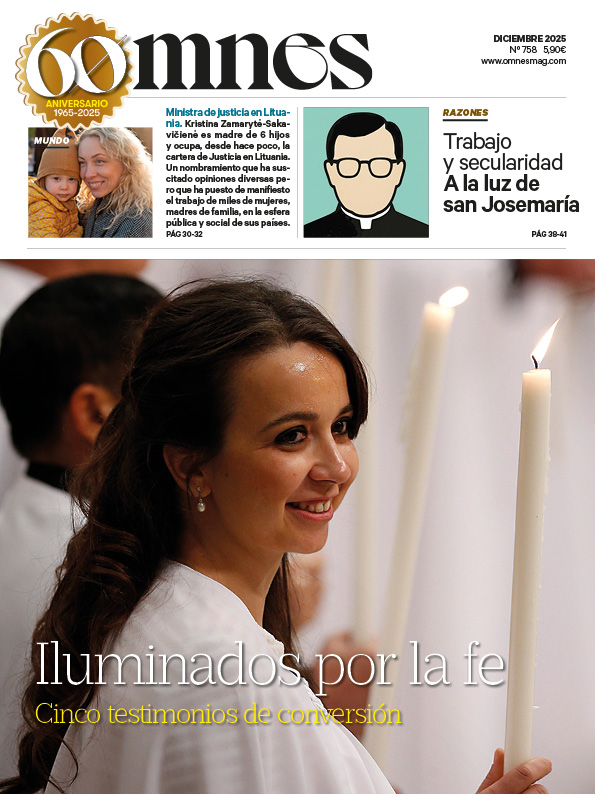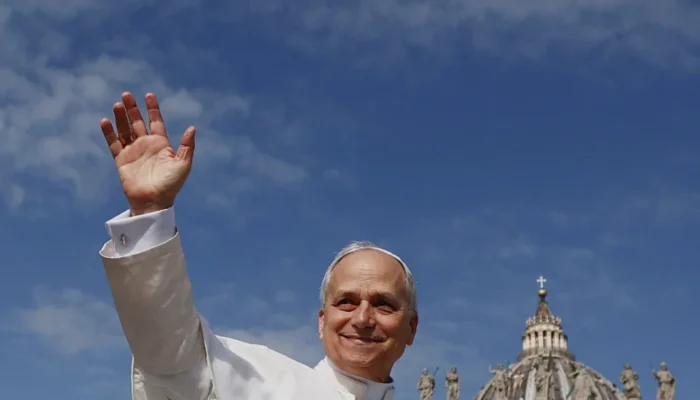I don't understand anything at all. Yesterday I sat in front of the TV set to listen conscientiously to the last annual public account of the president of Chile Gabriel Boric. Out of context, he greeted his first-born daughter Violeta, due to be born before June 15. But, immediately after, he asked the parliamentarians not to refuse a bill that ends the illegality and decriminalization of abortion..
I could not get to the end of her statements because while I was remembering that Chile is seeking to set a legal time limit for the free termination of pregnancy at 14 weeks, my mind suddenly went to Japan.
Abortion in Japan
Curious the ups and downs of memory. I have never been to the Oriente, but I landed vertiginously on one of its slopes. Rather, in one of the chapters of the book "Cherry blossoms"written by the Spaniard José Miguel Cejas. In his pages on Japan, the author quotes Shoji Tateishi, a pediatrician who runs a small clinic in Kyoto. He points out that there, as in Western societies, there are doctors who, when they discover a malformation in an unborn child, only suggest abortion.
Tateishi explains: "This does not mean that all Japanese doctors are abortionists, but many lack firm convictions...", and some think "that while the child remains in the womb, it is not a human being". He adds that "in addition to being false, this is contrary to our cultural roots, because both Buddhism and Shintoism consider the 'nasciturus' - a Latin term meaning '(the one) to be born' - as a human being".
He then tells her that near his clinic, on a hillside, there is a Buddhist temple that "is not one of those famous places that tourists usually visit when they come to Kyoto". It is a simple place "with hundreds of tiny images. These statuettes represent the 'children of the waters', that is, the children who were violently torn from their mother's womb by abortion.
The trauma of abortion
The Japanese pediatrician adds that many women, young and old, go there to try to free themselves, through prayer, from the psychological trauma of having had an abortion.
"At the entrance there is a Buddhist sign reminding them to ask forgiveness and pray for those children they denied the chance to live.", comments.
A heartbreaking paragraph follows: "In other temples, women inscribe their names on statuettes (representing their aborted children), dress them in baby clothes, and bring them toys and sweets to try to alleviate their suffering".
These are the sufferings of mothers, sufferings that "never heal", says Shoji Tateishi.
This is called post-abortion syndrome.
Chile's "children of the waters
It is imperative that, in Chile, an abortion law such as the one proposed should include the budget to acquire a large piece of land, perhaps a hillside, where "hundreds of tiny images can be erected. Those little statues that represent the 'children of the waters', that is, the children who were violently torn from their mother's womb through abortion".
There, perhaps, their mothers will be able to symbolically bring them -because those unrepeatable beings will no longer live- balloons, toys, candies (as they do in other countries) and, perhaps, this will allow them to alleviate even in a tiny measure that post-abortion trauma that will haunt them forever... because those mothers of those Chilean children will never find consolation either.







